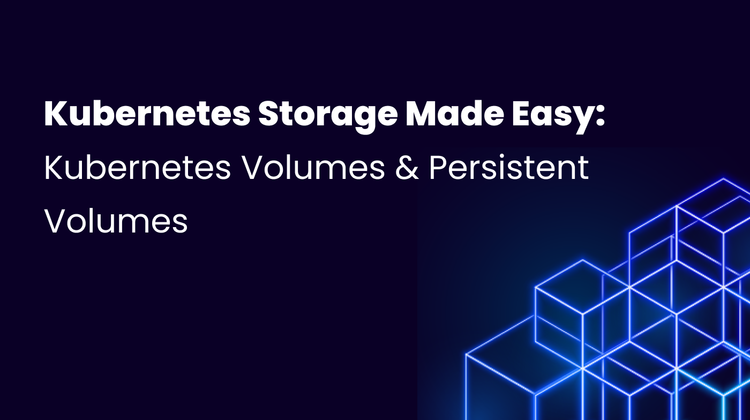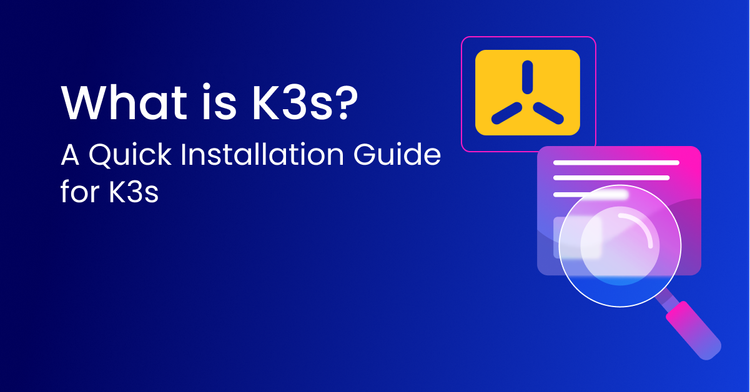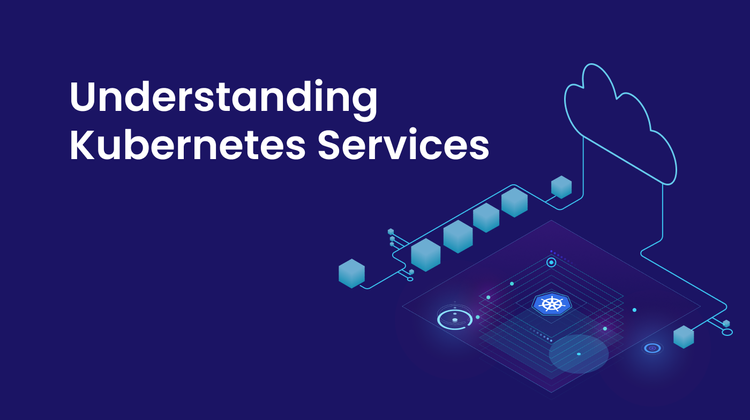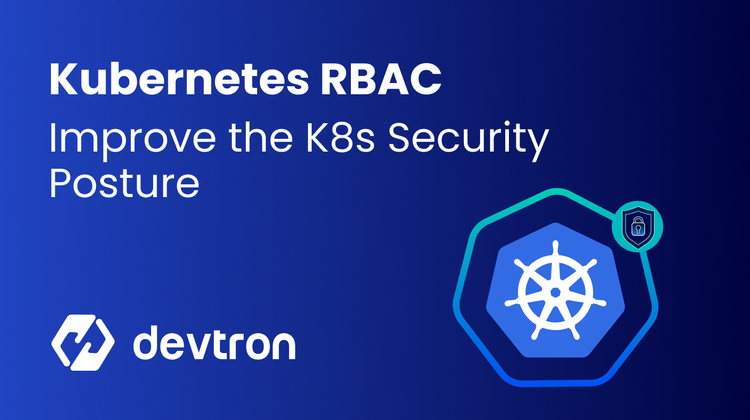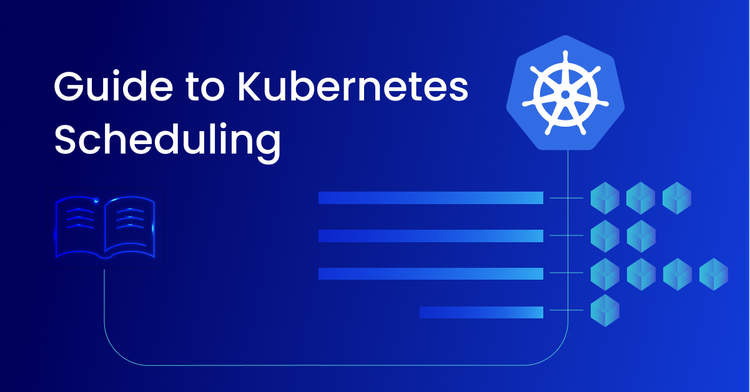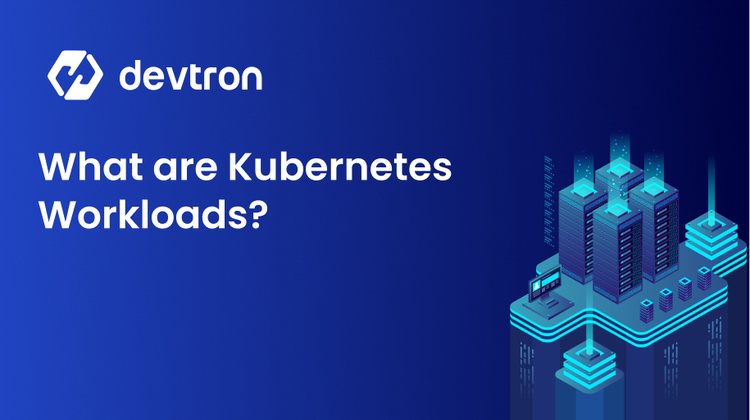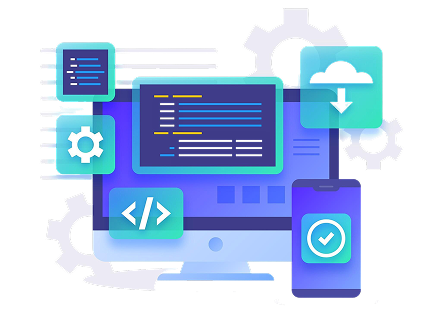TL;DR: Learn about Persistent Volumes (PVs) and Persistent Volume Claims (PVCs) to ensure your data persists even when pods are deleted. This blog provides a hands-on guide to creating and managing storage resources in Kubernetes, covering everything from ephemeral volumes to storage classes.
Kubernetes
K3s is a lightweight Kubernetes perfect for edge devices, offering simplified deployments and easy upgrades. Devtron's dashboard makes managing K3s even easier with multi-cluster visibility and robust application management.
TL:DR: Kubernetes Operators are powerful but can be overkill for simple deployments. Explore alternatives like Helm, ArgoCD, and Devtron to streamline your Kubernetes deployments without sacrificing efficiency.
TL;DR: Kubernetes Services simplify networking for dynamic applications. This blog explains ClusterIP, NodePort, LoadBalancer, & ExternalName service types, their use cases and how to manage them easily.
TL;DR: Secure your Kubernetes cluster with Role-Based Access Control (RBAC) to define granular permissions for users and applications. This guide explains how to implement RBAC in Kubernetes and introduces Devtron, a dashboard simplifying RBAC management.
TL;DR: In Kubernetes, scheduling refers to making sure Pods are scheduled to Nodes. In this blog author talks about different ways of scheduling and how kube-scheduler works.
TL;DR: This blog is your guide to Kubernetes Workloads, the essential building blocks for managing your applications. Learn about Pods, ReplicaSets, Deployments and more, and how they work together to keep your applications running smoothly.
Learn various Kubernetes deployment strategies, from basic rolling updates and recreates to advanced techniques like blue-green, canary and shadow deployments. Choose the right strategy based on your application's needs and risk tolerance, helping you minimize downtime and optimizing your releases.


